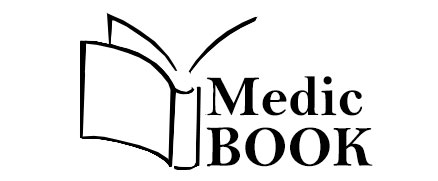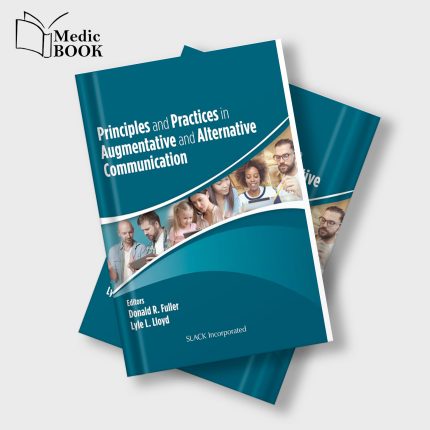UCSF Audiology Update XIV 2022 (CME VIDEOS)
This course covers a wide range of topics , including the areas of hearing science and diagnostics , pediatric speciality , tinnitus therapy , balance assessment and amplification . It is meant as a state-of-the-art update of contemporary audiological practice .
This program is designed as a course for practicing audiologists , but it will also be useful to those working in the care of adults and children with hearing difficulties , audiology graduate students and hearing aid dispensers . The format combines updates on new technologies from industry representatives with lectures by prominent teachers from throughout the nation .
Objectives
Participants will be able to after taking this course to : Think about how bimodal neuromodulation might be used to treat tinnitus patients in a clinical setting .
Define the term “evidence-based practice” and list the elements of an audiological evaluation that are backed by research . Provide instances of physical and acoustic facts that don’t need to be evaluated using evidence . Know what resilience , sustainability , burnout , empathic distress, and moral harm mean and how they differ from one another . Provide examples of three tactics or procedures for fostering personal resilience in therapeutic work .
Recognize the symptoms of vestibular migraine and how to measure patient-reported outcomes to put them into numbers . Recognize the supporting scientific data for various vestibular migraine therapy techniques . Explain the many genetic causes of SNHL and the procedures and results of SNHL genetic testing . Recognize the clinical effects of SNHL genetic testing . Describe the newly extended FDA CI candidacy criteria and outline the new 60/60 referral guideline for cochlear implant evaluation referrals (Zwolan et al., 2020) .
A typical hearing loss profile that qualifies for electro-acoustic (EAS, hybrid) CI eligibility should be described . Provide a list of the FDA rule’s proposed (or adopted) components . Compare and contrast the various DTC amplifier integration strategies used in audiology practices . Explain the patient care paths .
Describe the potential severity and forms of hearing loss caused by the COVID-19 virus, including hearing loss, tinnitus, and/or balance issues . Choose and interpret the findings of the audiometric tests (both objective and subjective) that are appropriate for COVID-19 survivors and for patients who claim to have “brain fog” . educated on the benefits of an ultrasonic hearing device over existing hearing aid technology and the animal research that supports its potential for hearing applications.
Understand how diabetes affects the auditory system, and develop a regimen for diabetes patients that includes hearing testing and monitoring . Explain the advantages of ongoing , interdisciplinary collaboration in the care of D/HH children, highlighting critical checkpoints for teams along the way . Explain the tools and methods for good communication that can be used to enhance hearing and communication during interactions .
Course Description
UCSF Audiology Update XIV 2022 (CME VIDEOS)
===========================================
Today, medical book are reprinted at a high speed, therefore access to the latest version of reference books for medical and doctoral students is of great importance and necessity, as a reference for medical books, medicbook has the best and most quality books of this It has made the field available online to all doctors in the world













Reviews
There are no reviews yet.